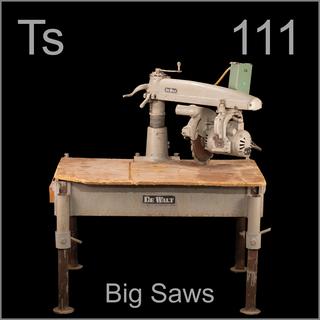 |
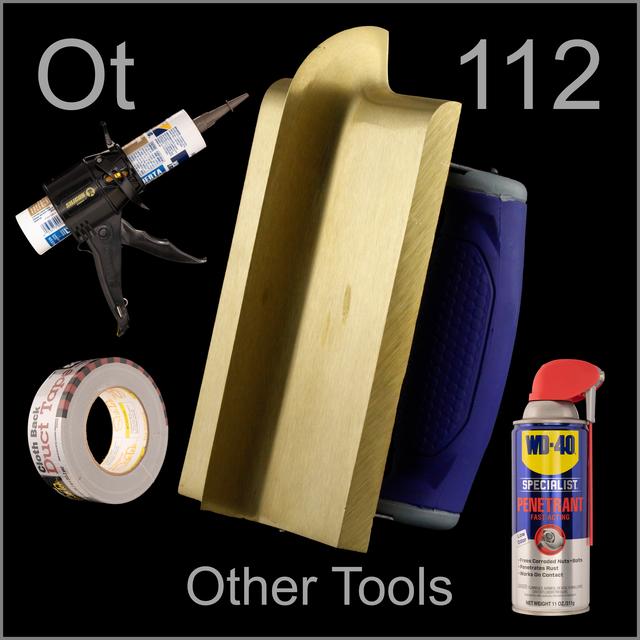
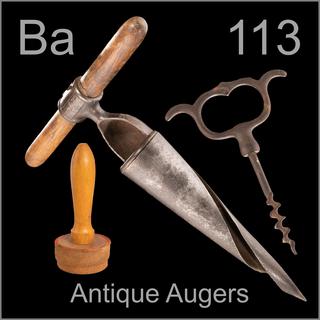 |
Leave a comment below! Or click on an individual tool to see more or leave a comment about that tool. |
|
 |
|
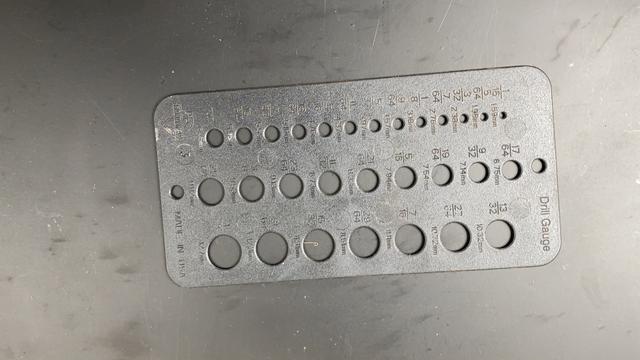 |
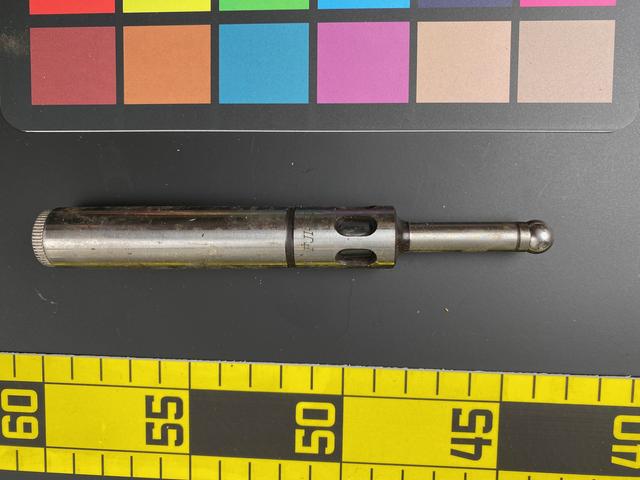 |
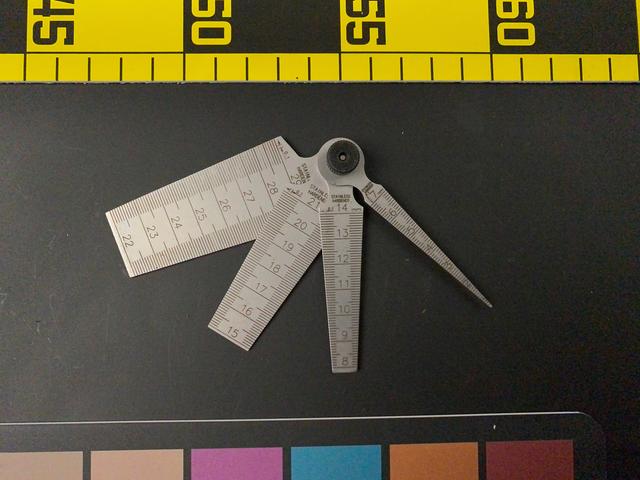 |
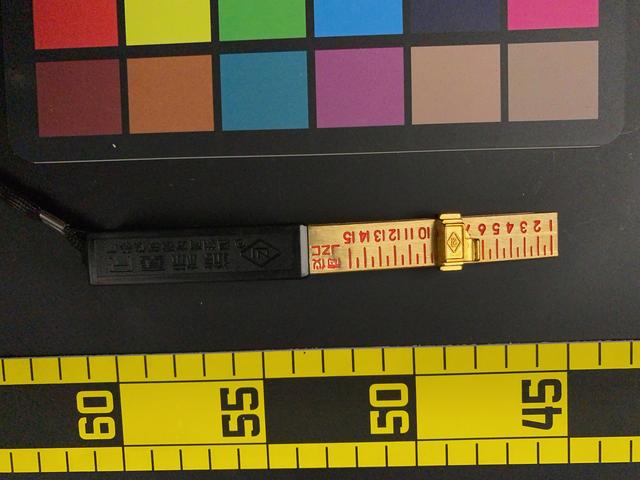 |
 |
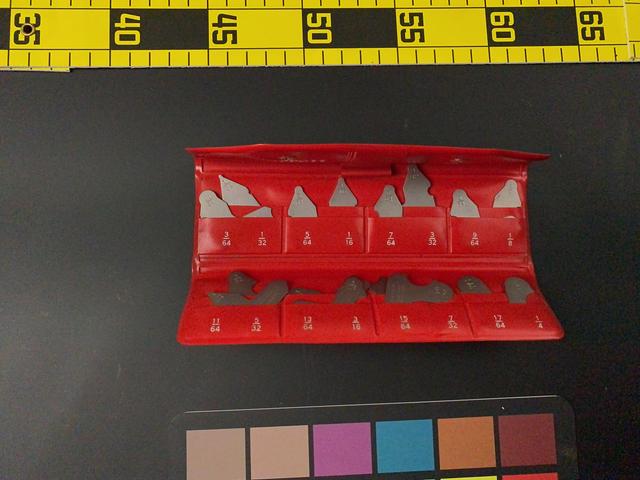 |
| These are radius gauges, meant to measure inside or outside curvatures in situations where the micrometers we’ll meet later won’t work. This basic set will measure to the nearest 1/64 inch (0.4mm) interval. |
 |
| This gauge is for measuring the angle of an edge (for example, the angle of a chisel point, or corner bevel). |
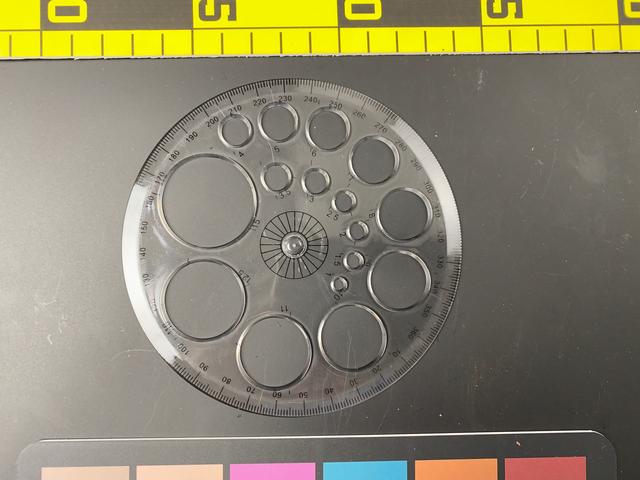 |
| If you only need to draw circles of particular diameters, this template will do the job. |
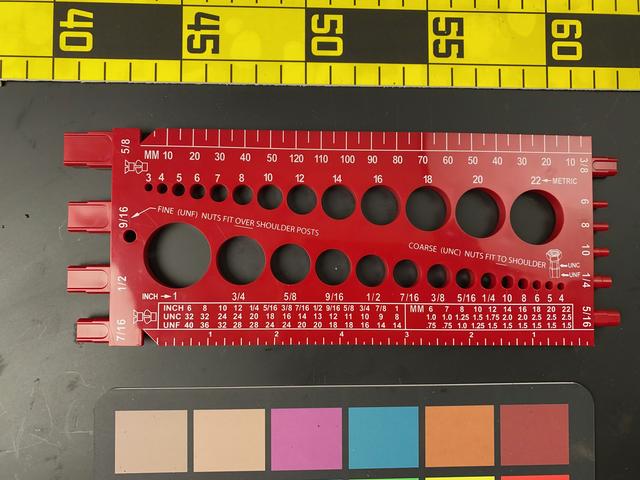 |
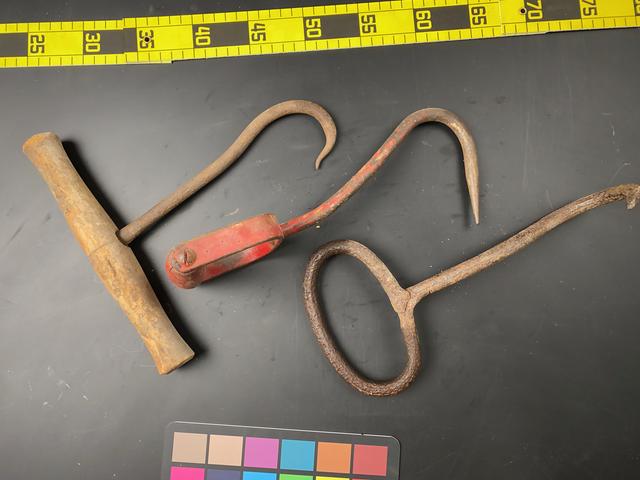 |
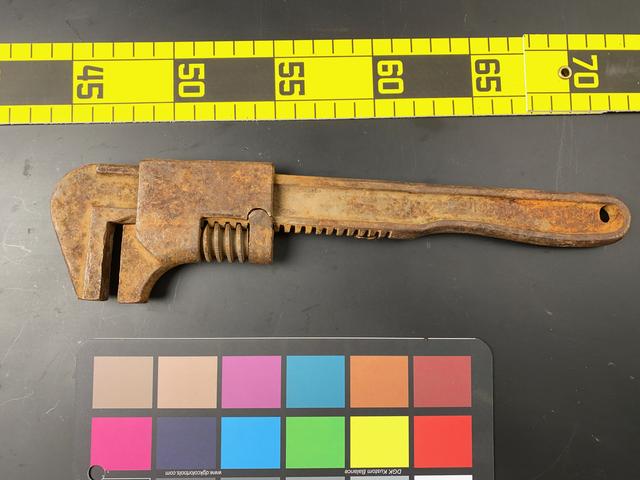 |
| Monkey Wrench |
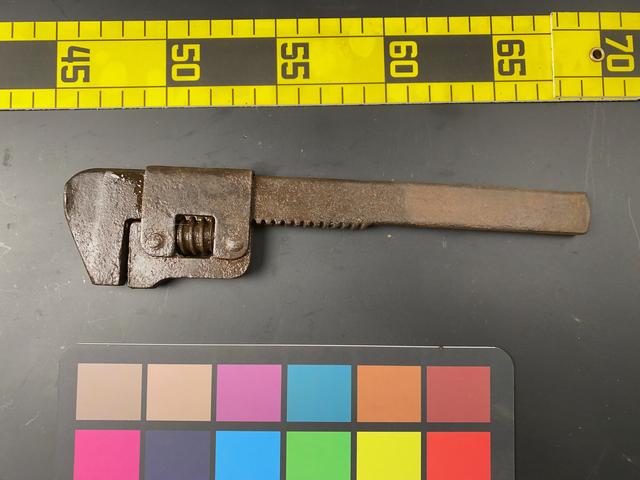 |
| Monkey wrenches come in many variations, all of them old, most of them rusty. No one ever throws a tool away, so antique shops are thick with these. |
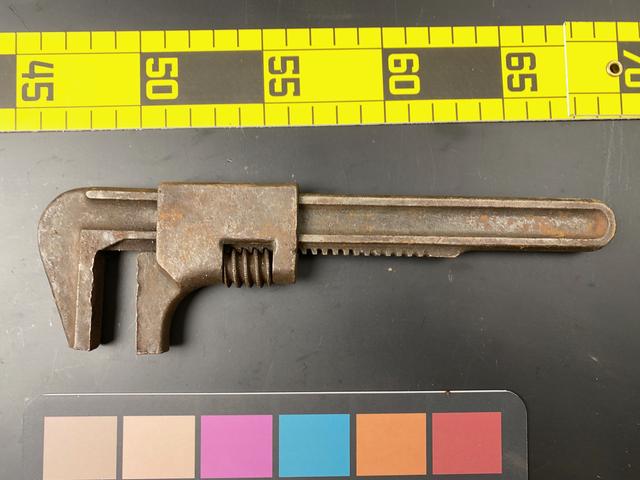 |
| Small Monkey Wrench |
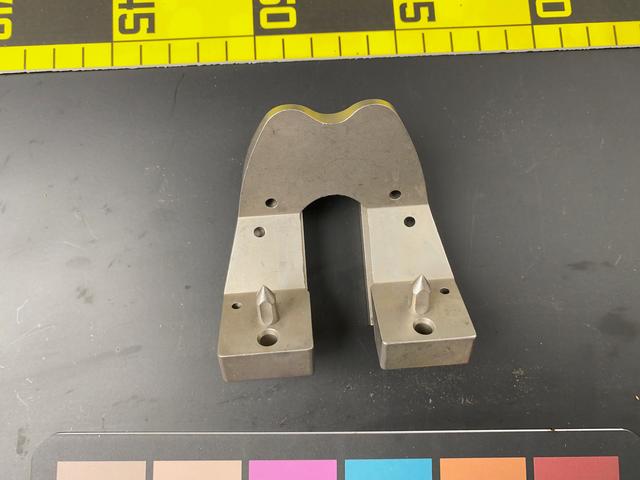 |
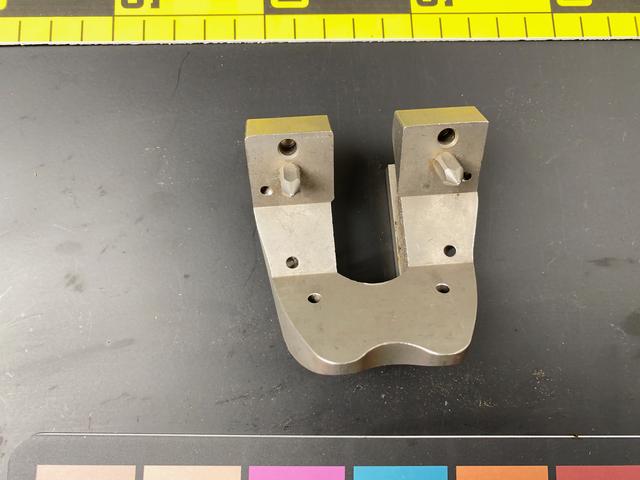 |
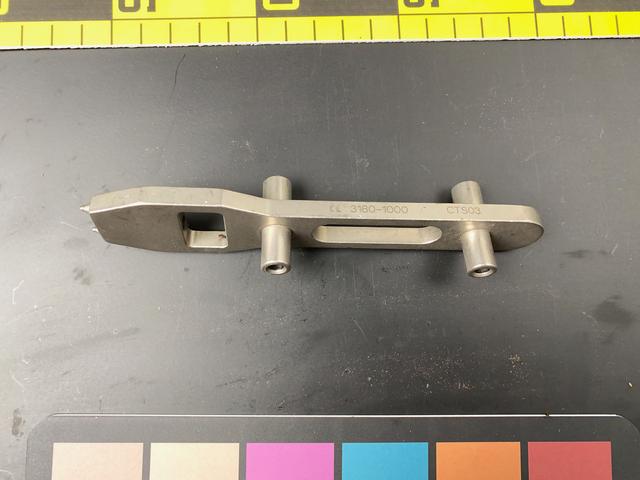 |
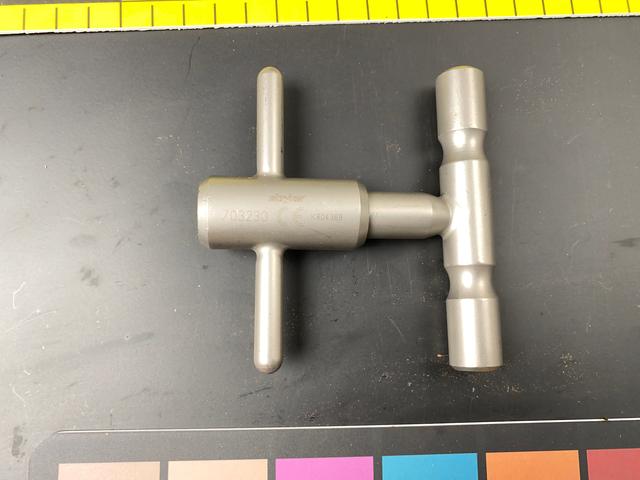 |
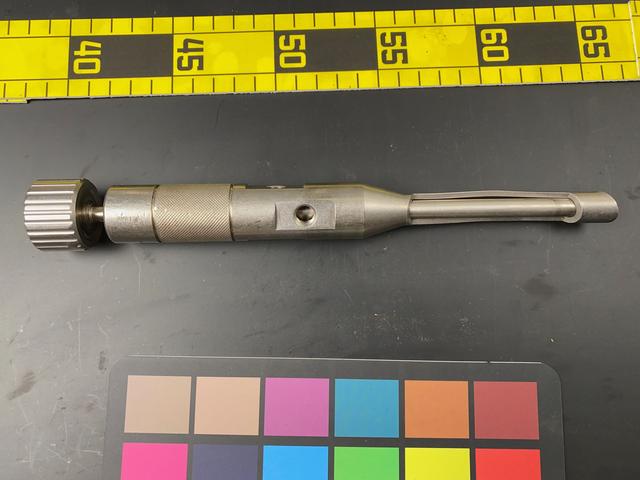 |
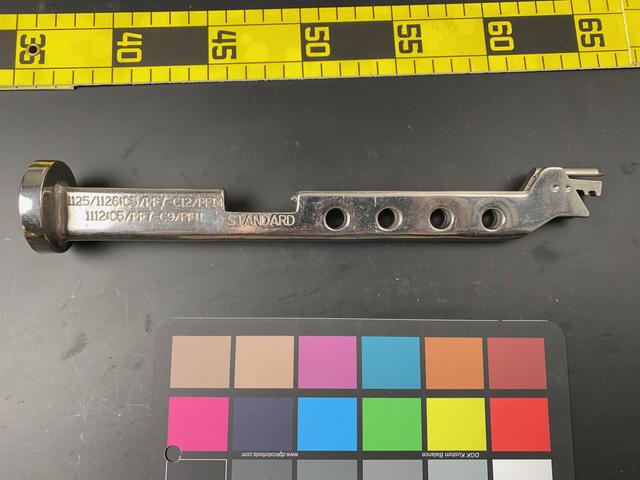 |
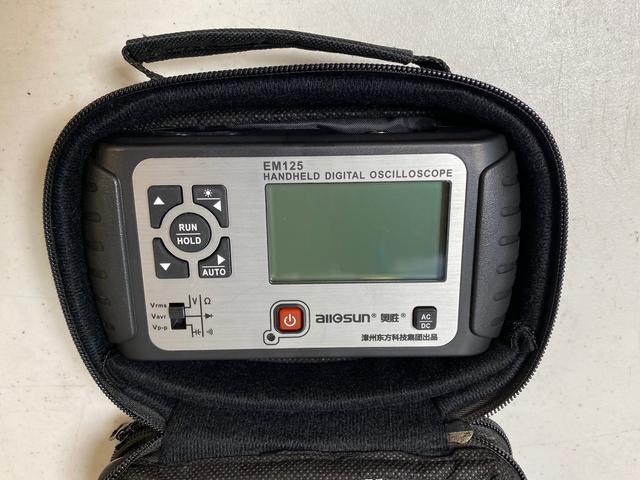 |
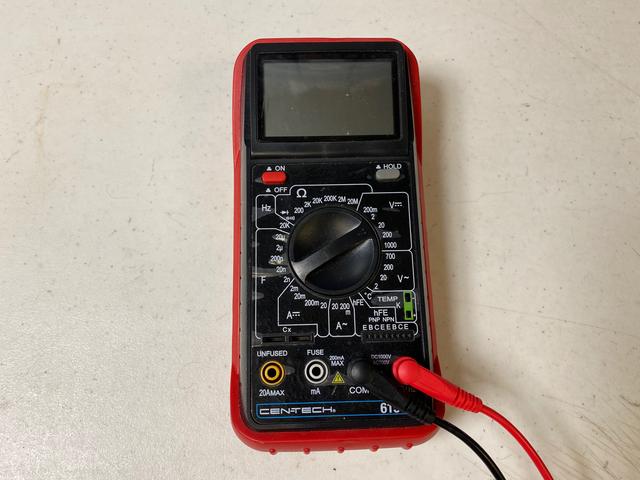 |
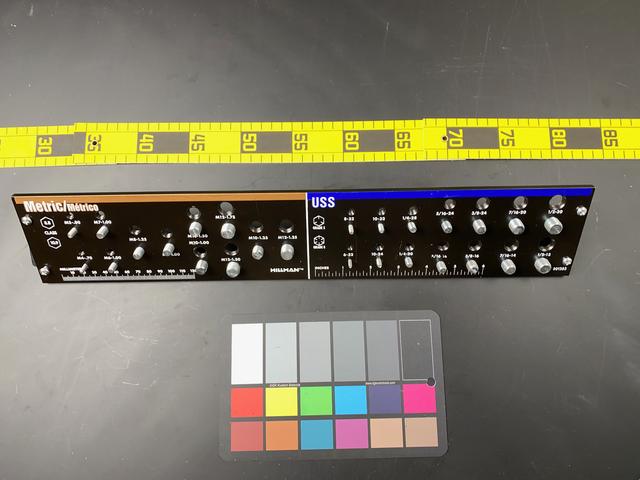 |
| Both metric and Imperial bolts have two standard thread pitches: fine thread and coarse thread. Displays like this let you bring in a bolt or nut find one that matches both the diameter and the thread pitch. Separate scales along the bottom let you measure the length. |
 |
| Monkey Wrench |
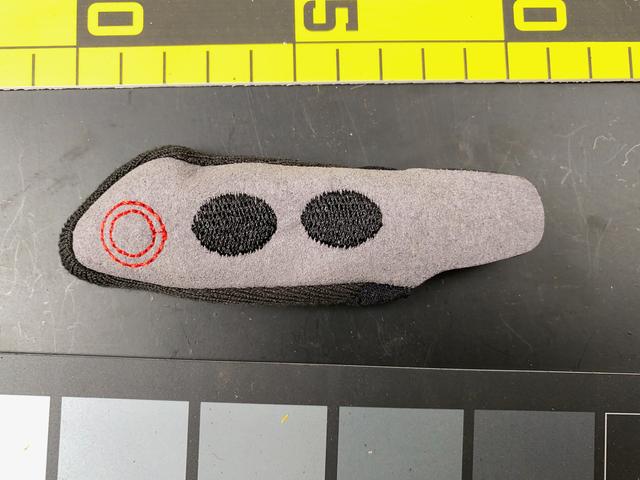 |
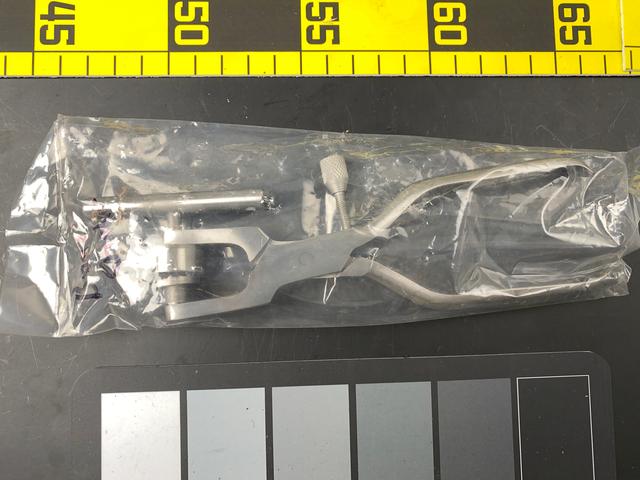 |
| These are just like a garlic press except made to crush and grind human bones. (To make paste for transplants, not some kind of sick serial killer ritual, I think.) |
 |
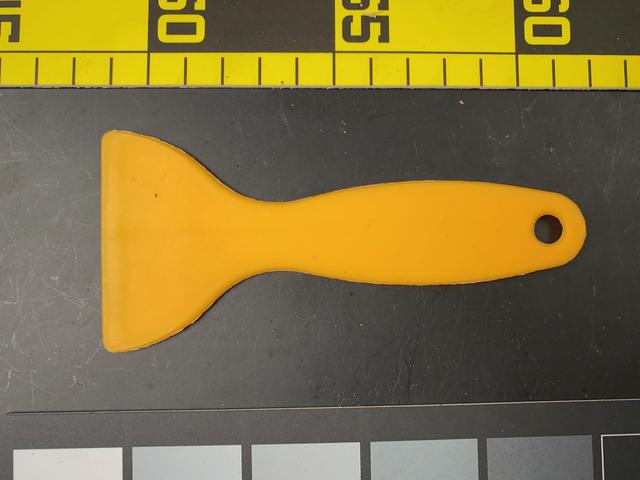 |
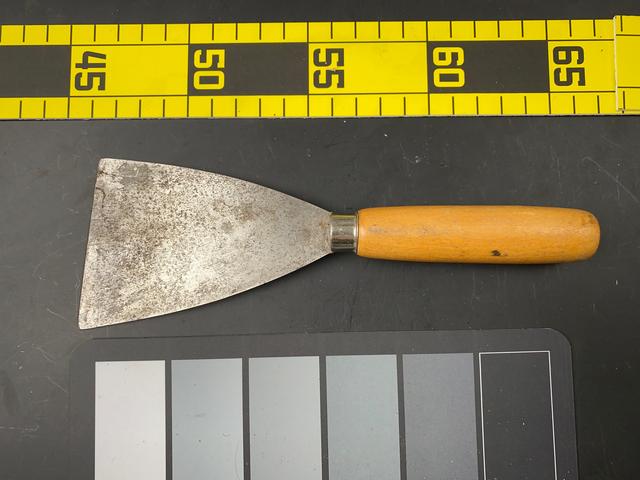 |
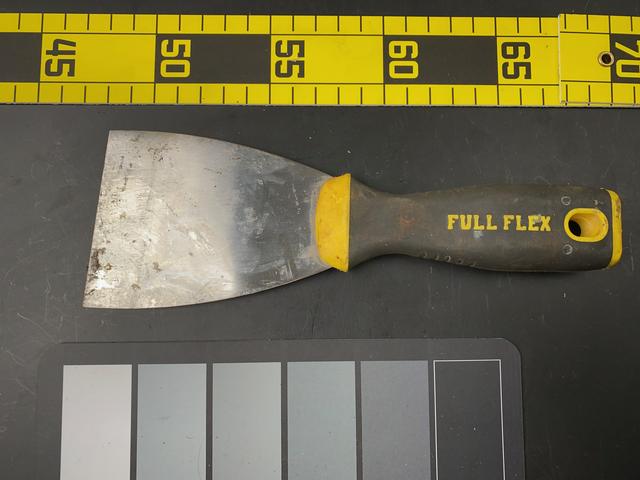 |
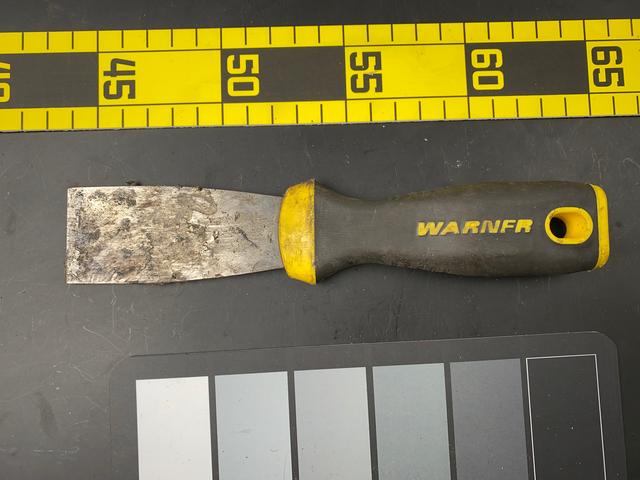 |
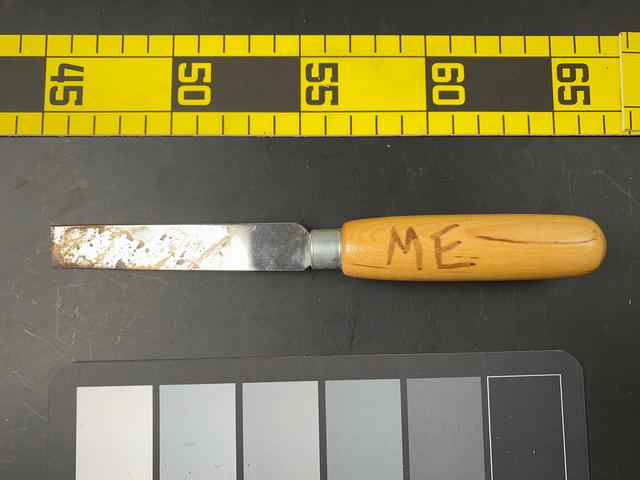 |
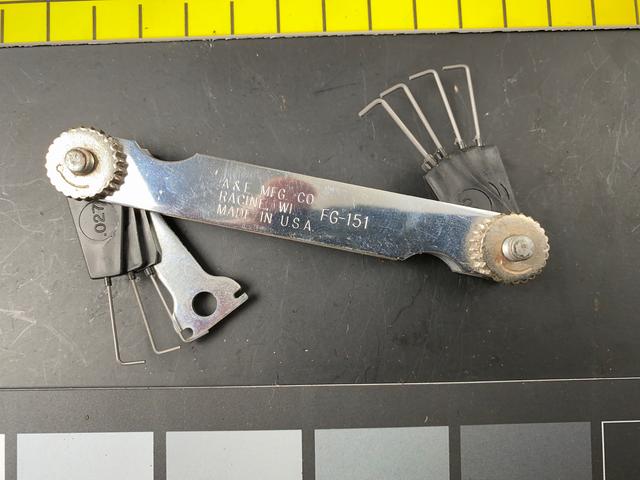 |
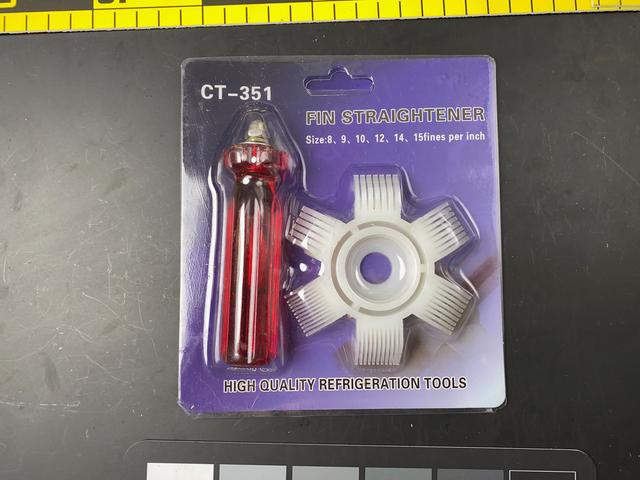 |
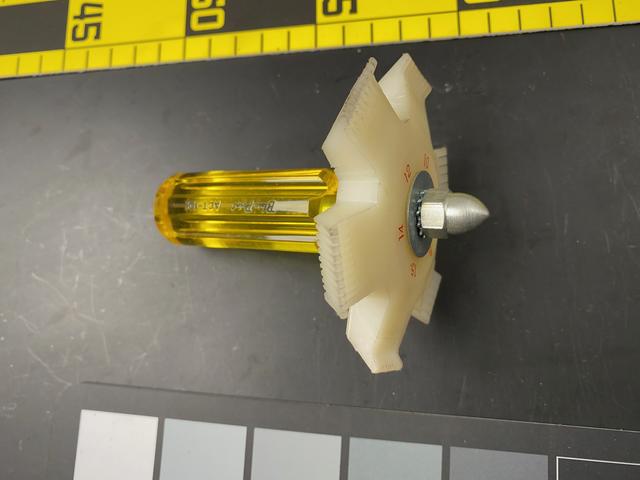 |
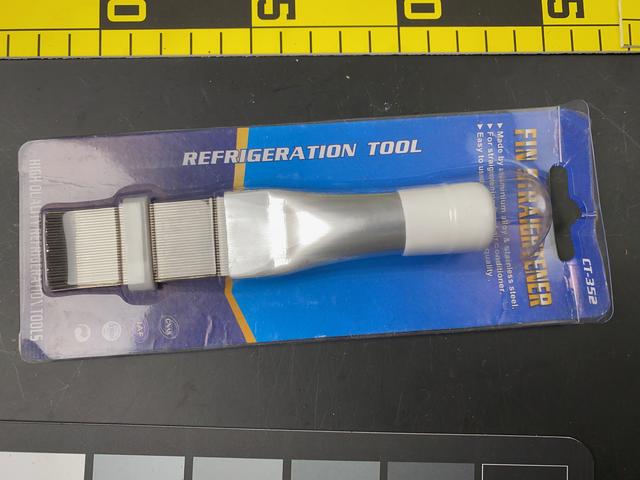 |
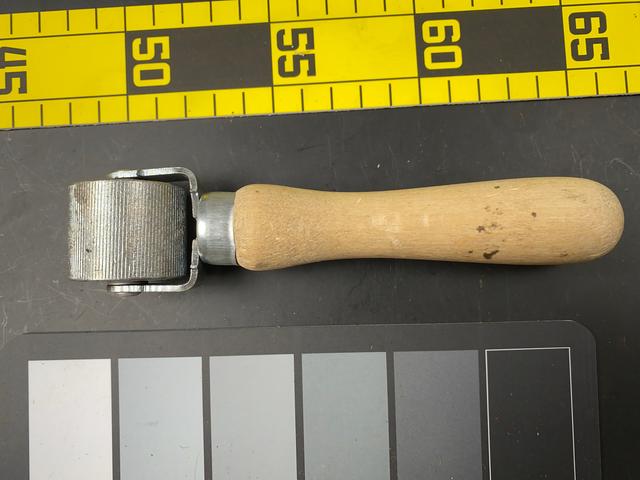 |
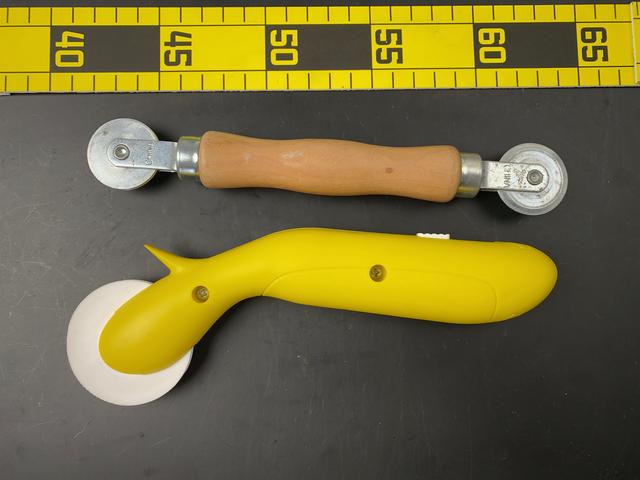 |
| Not really a press, but it’s for pressing…. This tool inserts the rubber spline that holds the wire mesh in a screen door. |
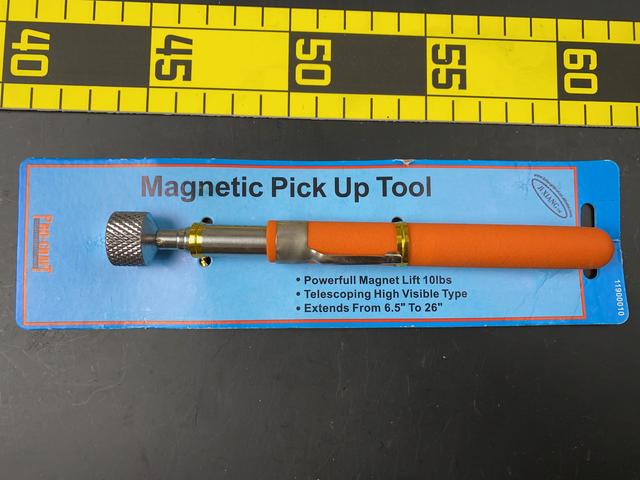 |
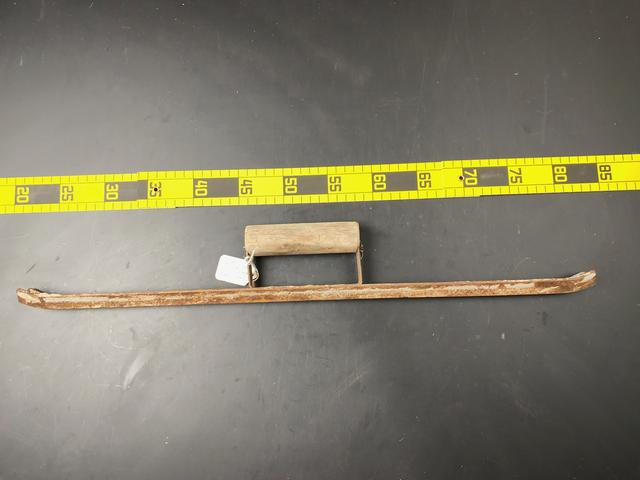 |
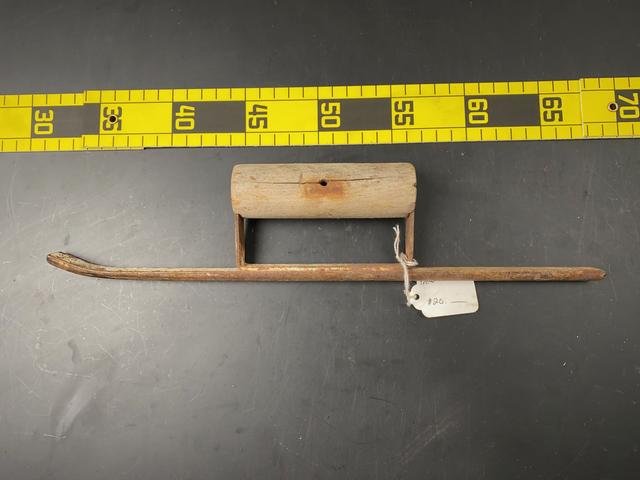 |
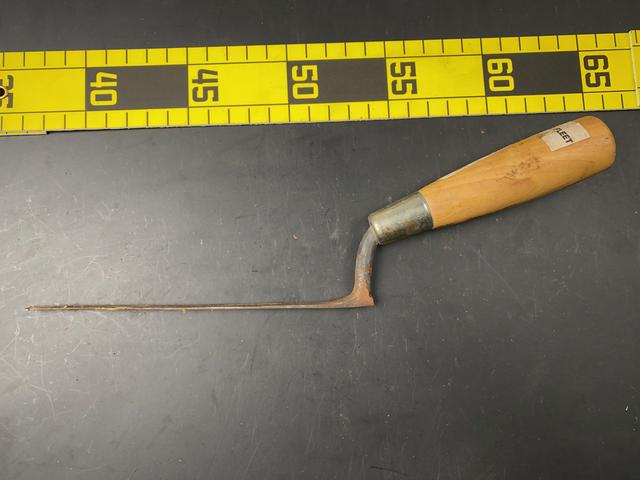 |
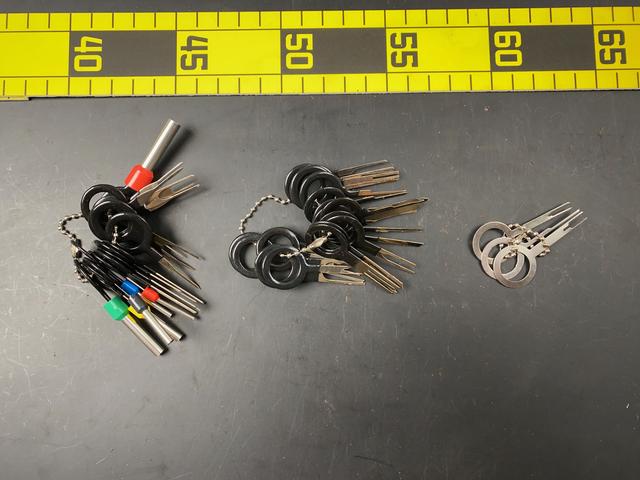 |
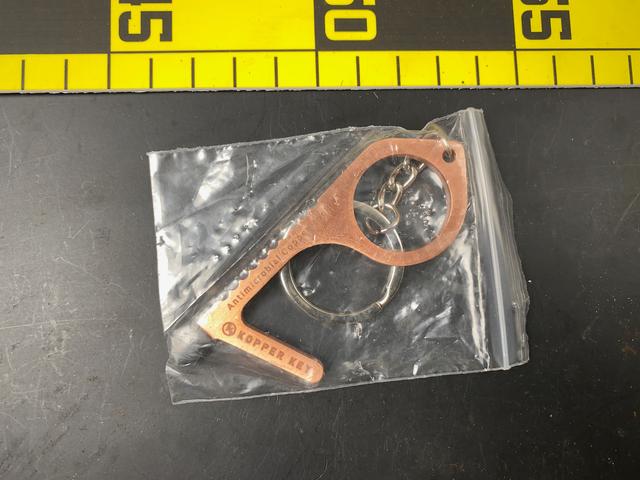 |
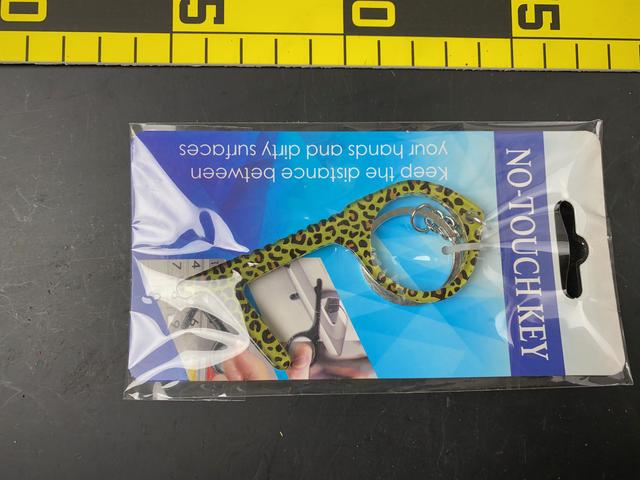 |
 |
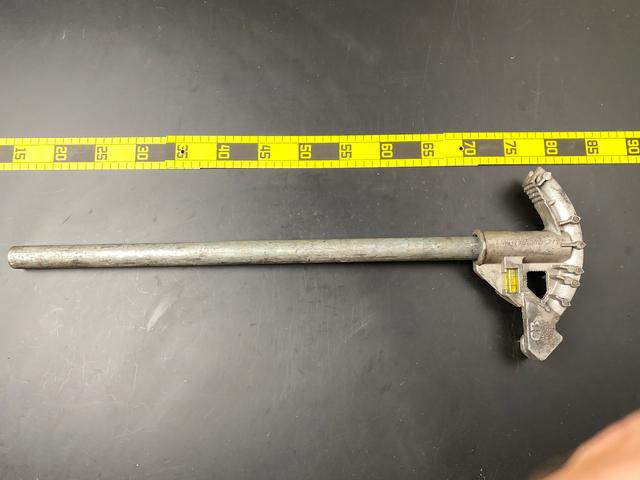 |
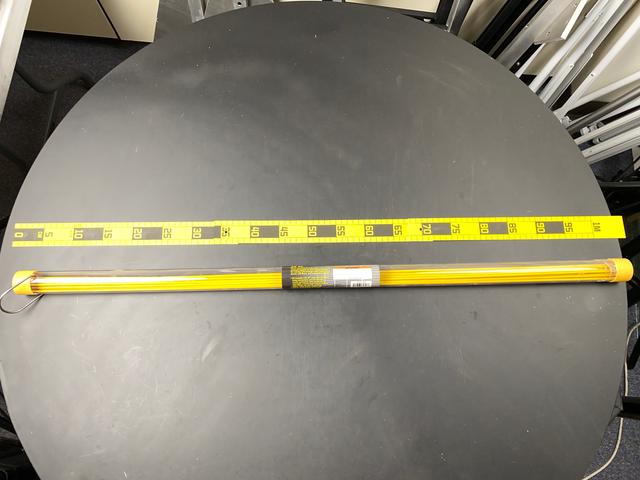 |
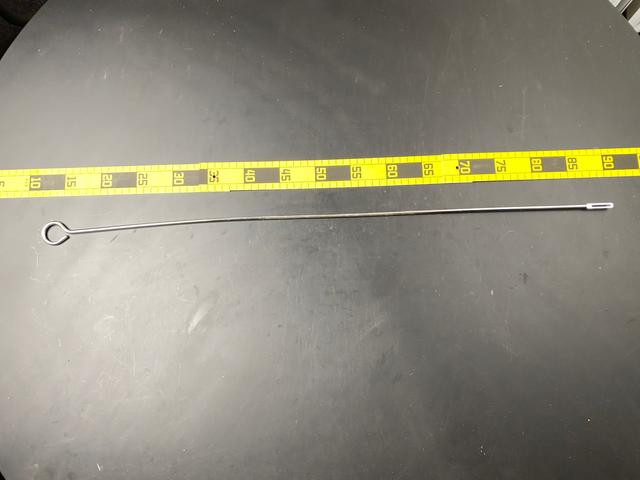 |
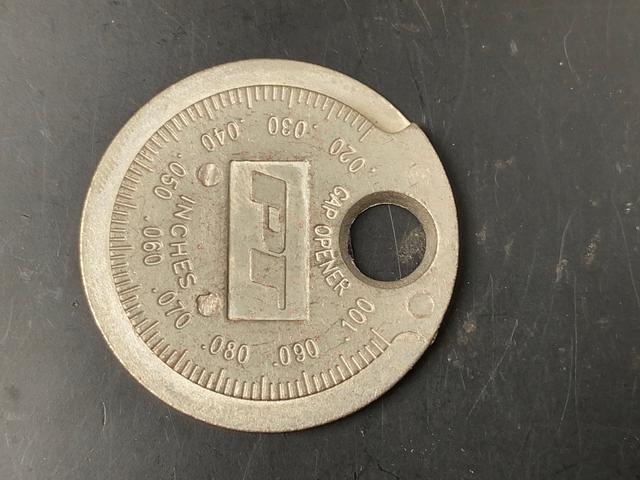 |
| A spark gap tool is a special-purpose feeler gauge used to measure the distance between the two electrodes in a spark plug (which is important for reliable operation of a gasoline engine). The edge gets thinner and thinner as you go clockwise around the gauge. |
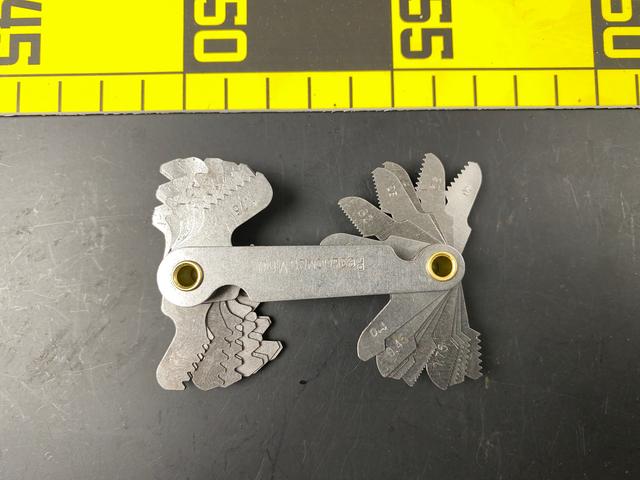 |
| This is a set of gauges for identifying thread pitch (the spacing between threads in a bolt or nut). This tool does not measure the actual thread pitch: it just tells you which standard pitch your bolt is closest to. To measure a non-standard thread you would use a caliper or optical comparator. |
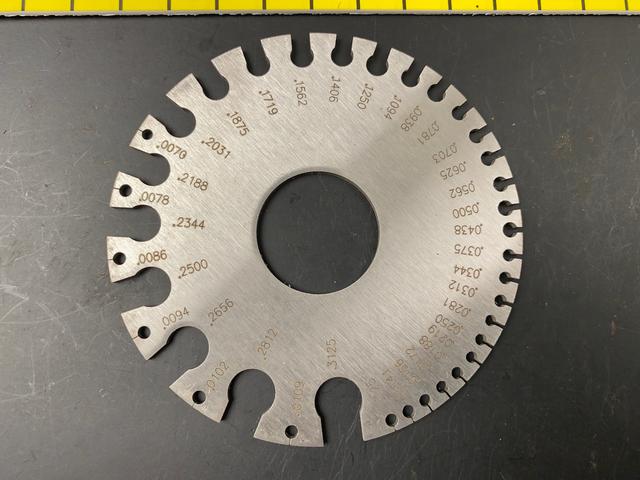 |
| Diameter Gauge |
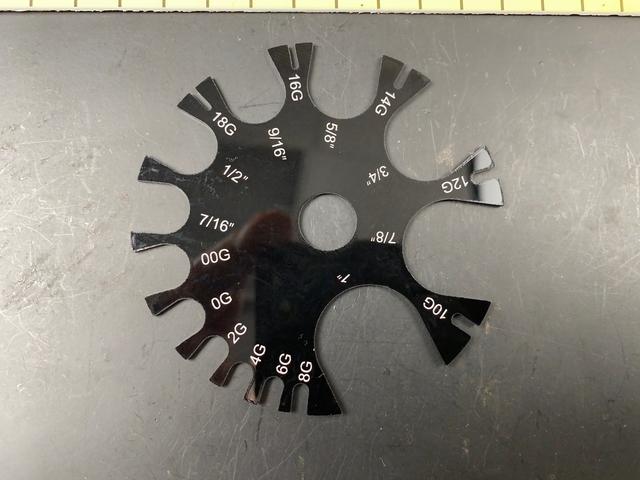 |
| Wire is another example of a product that comes in standard diameters, and you only need to determine which you have, not its actual measurement. |
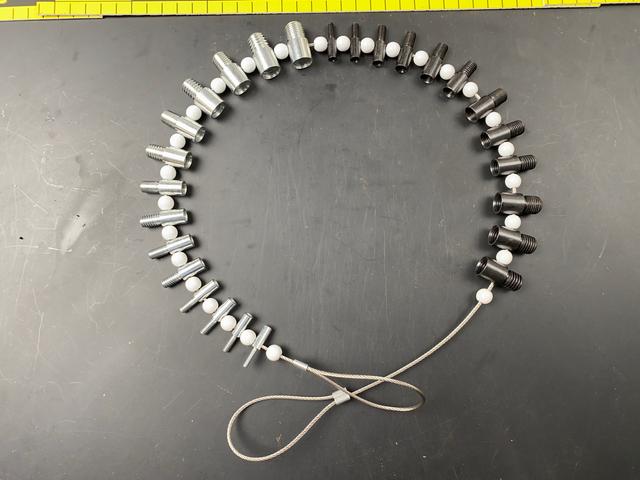 |
| This bolt and nut gauge is portable so you can carry it on your toolbelt, or hang it around your neck as a warning to anyone who would dare challenge you with a nut or bolt size question. |
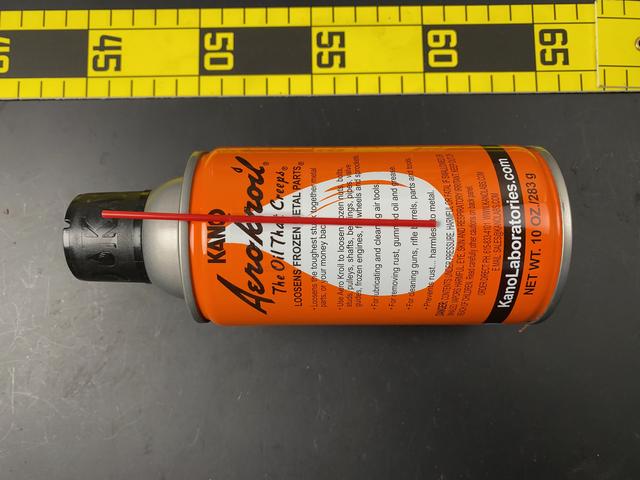 |
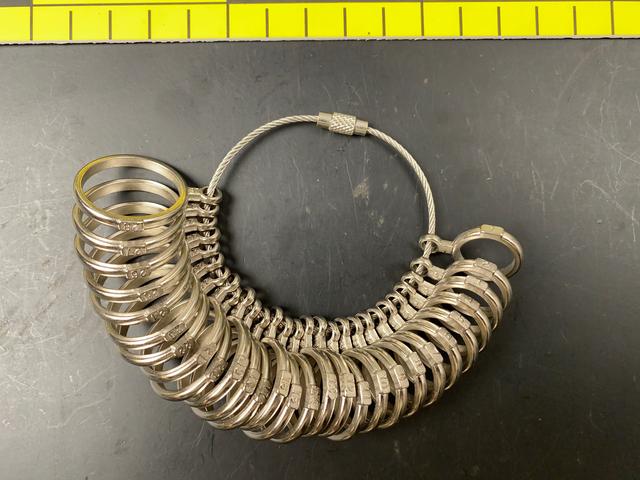 |
| These ring sizing rings are perhaps more reliable than a tape measure: you see which one fits your finger best, and that’s your ring size. |
 |
| This is the inverse of the ring sizing rings. If you have an existing ring, it tells you what size it is, by how far is fits down the tapered rod. |
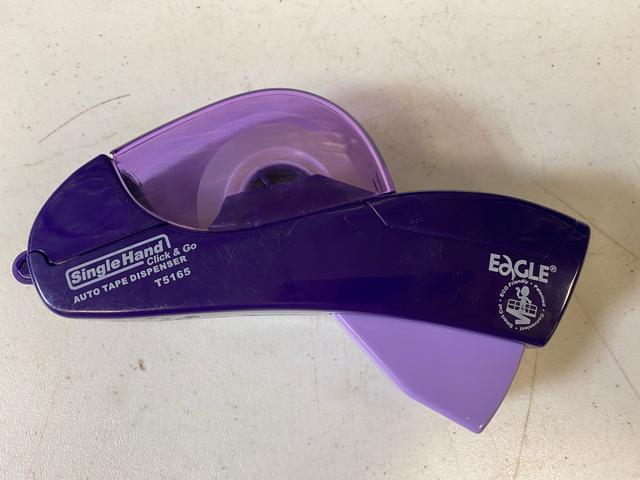 |
 |
| This is a high-end German drafting set. I used it a lot to make intricate geometric drawings before computers could do it much faster. |
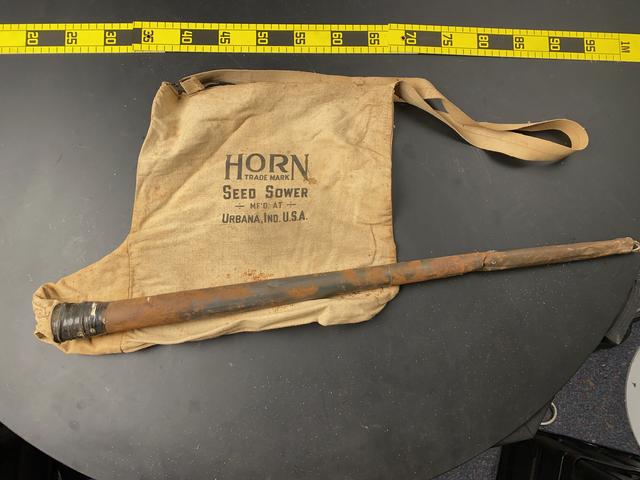 |
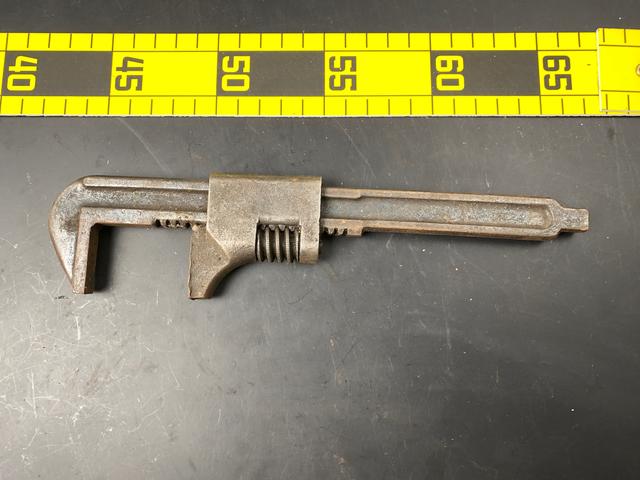 |
| Monkey Wrench |
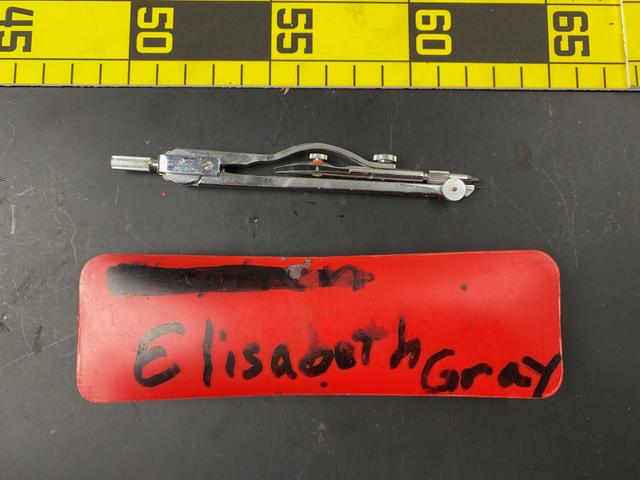 |
| The pencil compass, familiar to every grade school child, and still quite useful for marking wood for drilling and cutting. This one belonged to my sister and somehow didn’t get lost for 50 years. |
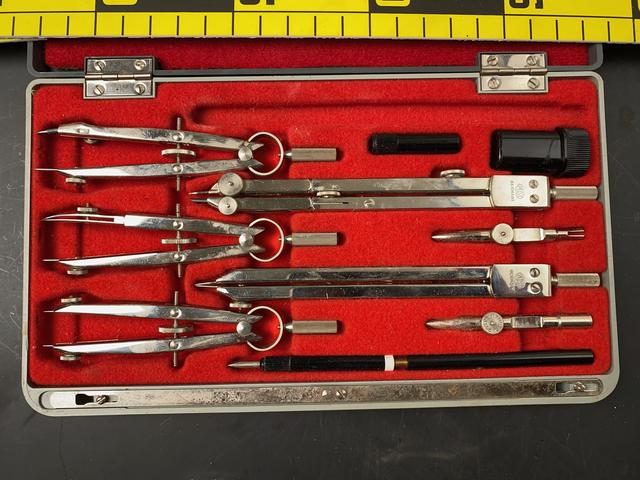 |
| Drafting sets were prized possessions, beautifully made, expensive, and versatile. |
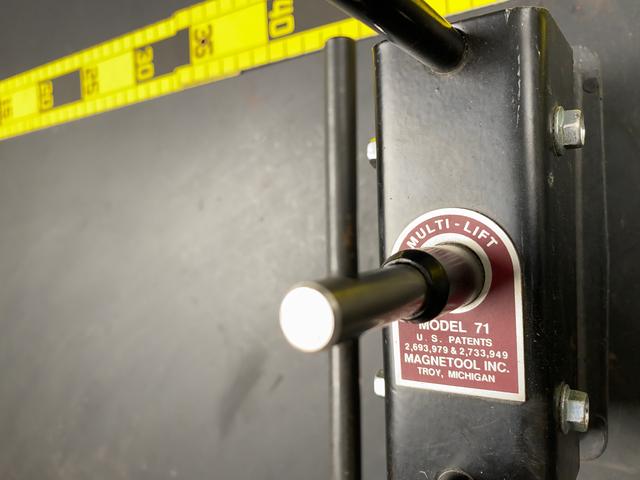 |
 |
 |
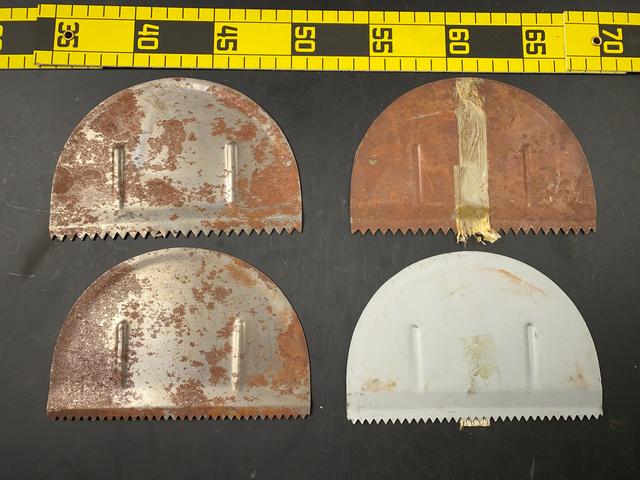 |
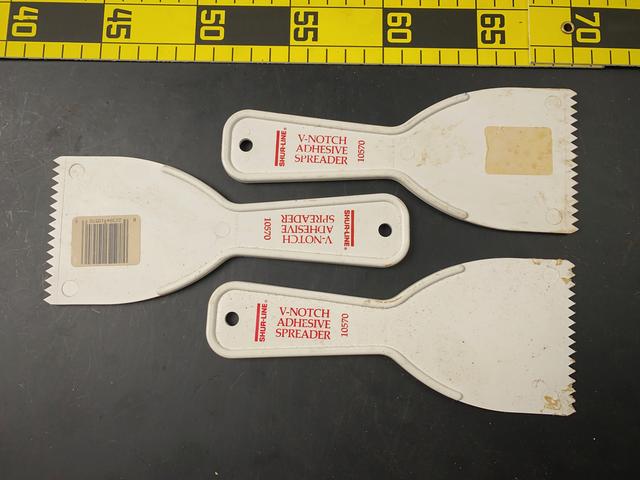 |
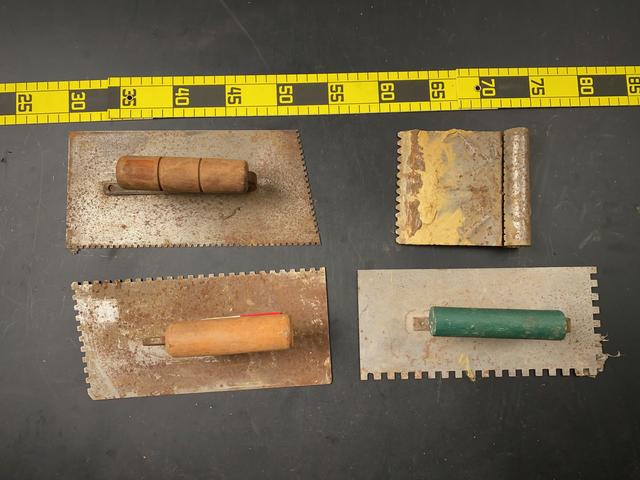 |
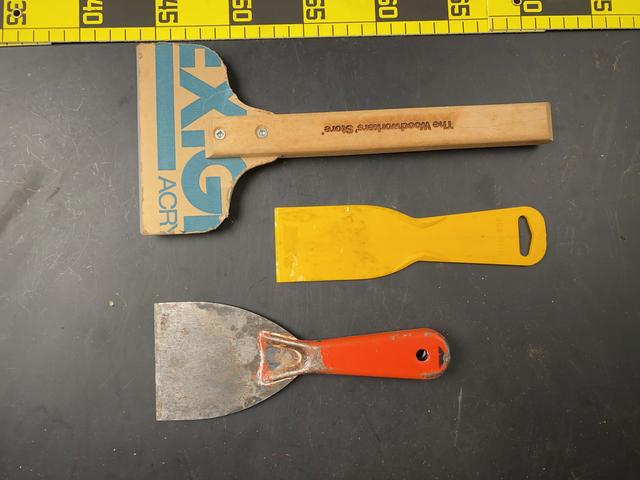 |
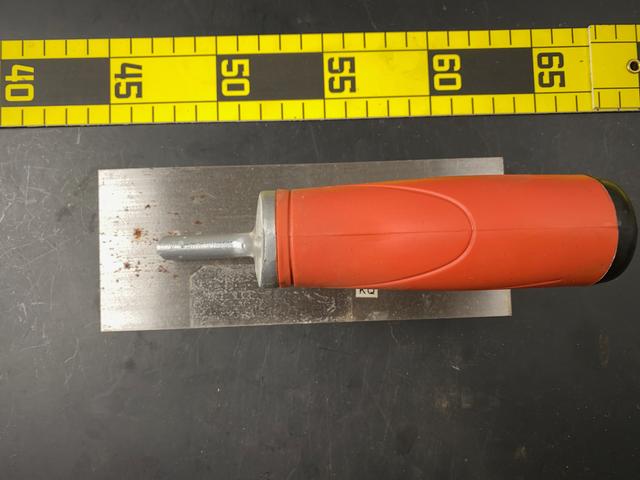 |
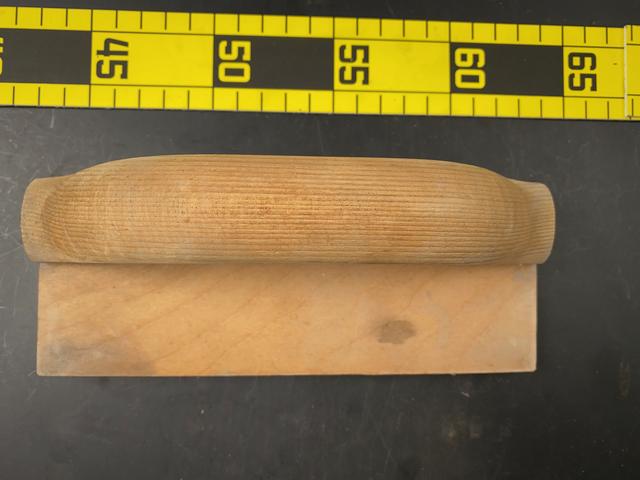 |
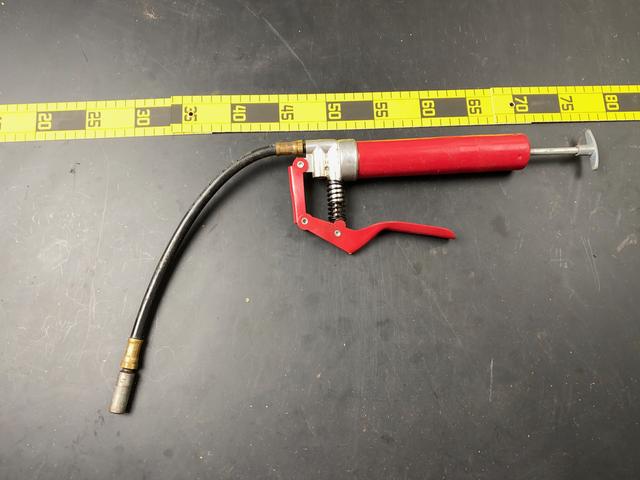 |
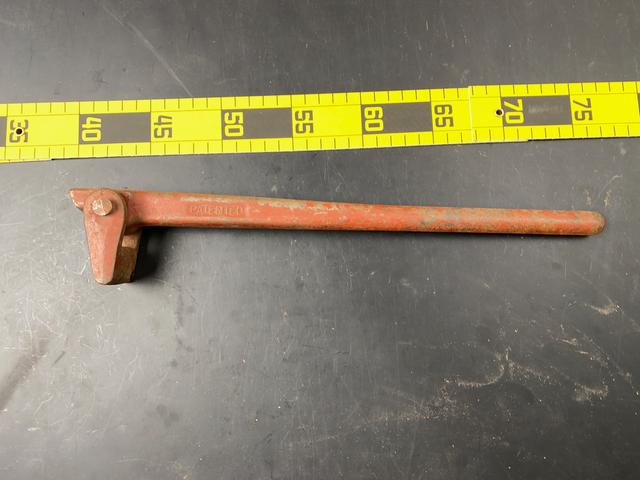 |
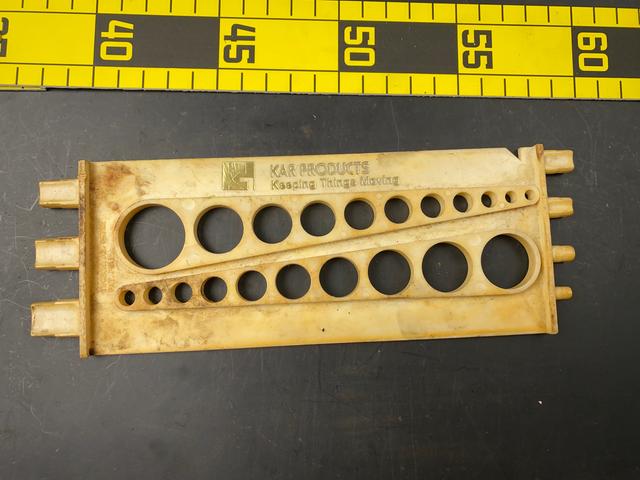 |
| For bolts, this simple gauge measures just the diameter, not the thread pitch. But for nuts it can tell the difference between coarse and fine thread because the inside diameter of coarse thread nuts is slightly smaller than for fine thread of the same nominal outer diameter. |
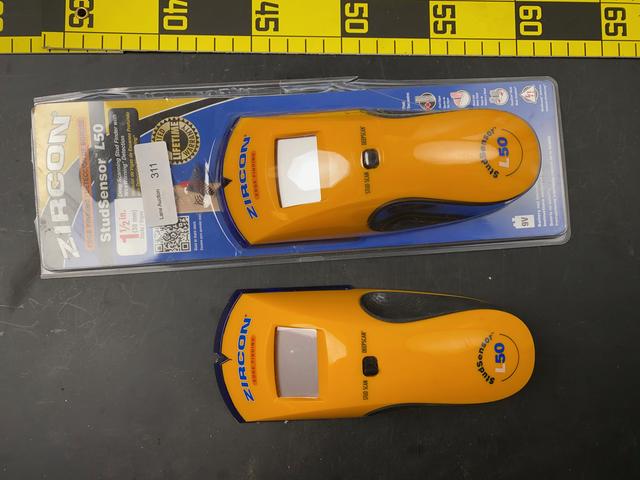 |
| You want nails driven into walls to go into the stud behind the drywall, but where is that stud? For this probelm you need, of course, a stud finder, most of which are notoriously bad at finding studs. |
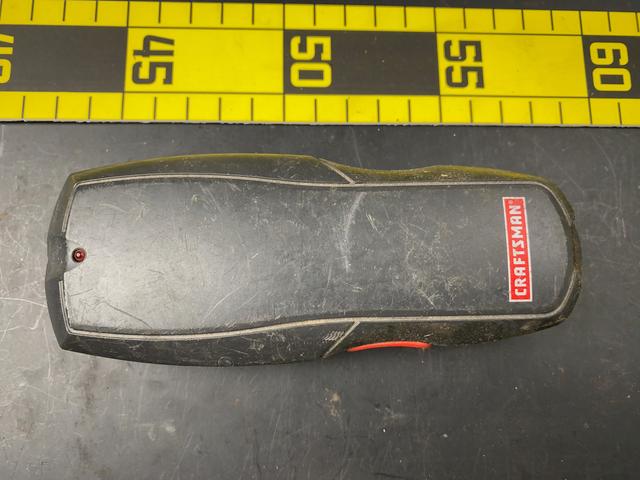 |
| Stud Finder |
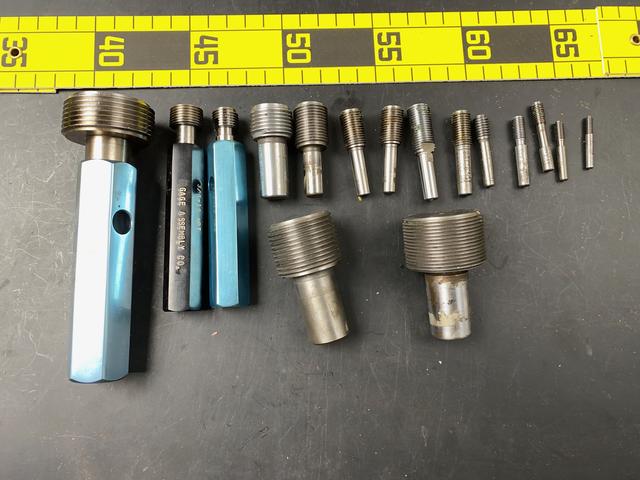 |
| Thread plug gauges work the same as ring gauges, except for nuts instead of bolts: the nut must be able to thread on one, or it’s too small, but not the other, or it’s too big. |
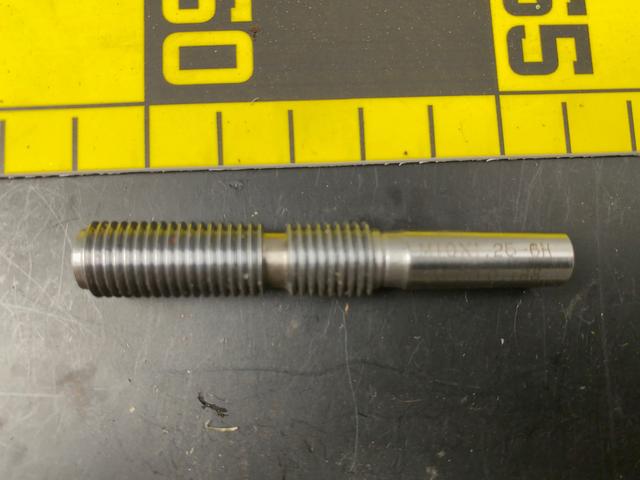 |
| Some thread plug gauges combine both too-big and too-small gauges in one. The nut must be able to spin down the first set of threads, and must not be able to go more than three turns down the second set. |
 |
| Thread ring gauges measure the other important property of a bolt: its diameter. They generally come in pairs: one that the bolt must be able to turn through (or it’s too big), and one that it must not be able to turn through (or it’s too small). |
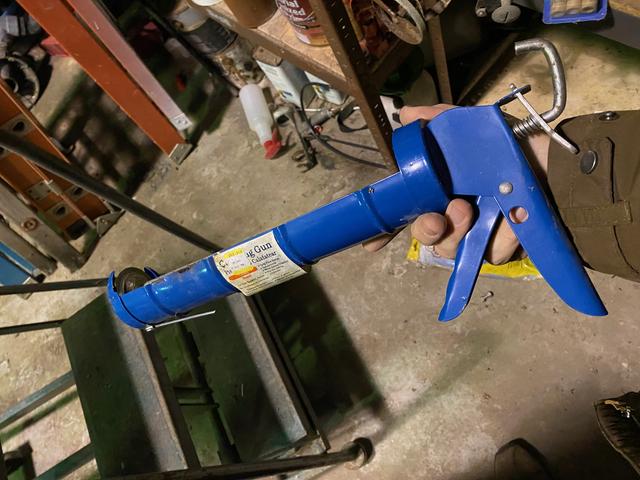 |
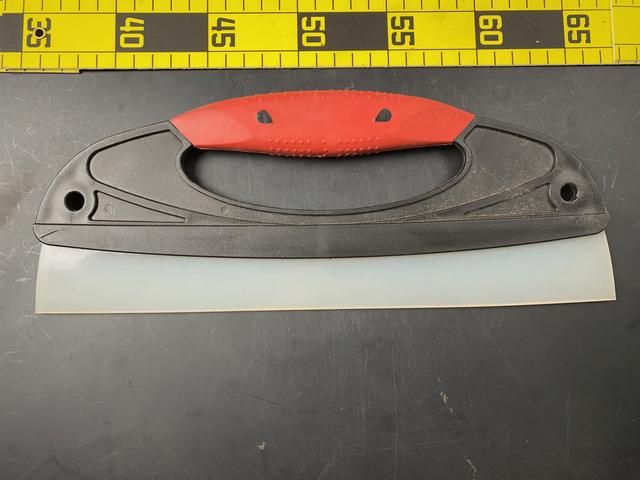 |
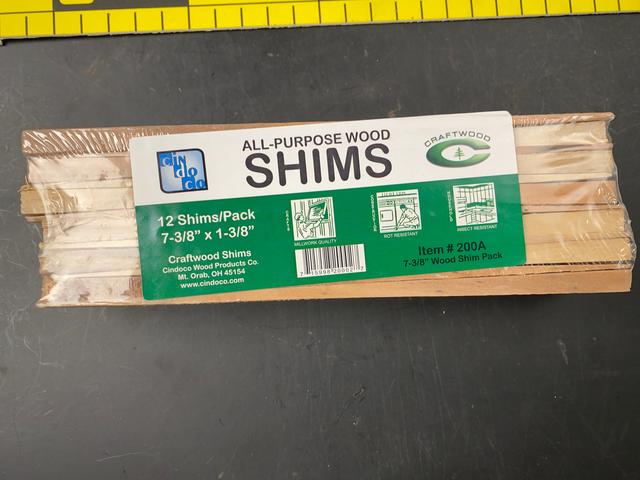 |
| Shims: tool or material? |
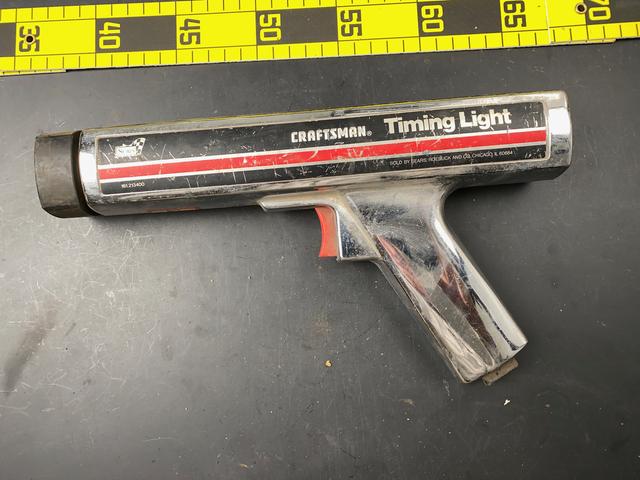 |
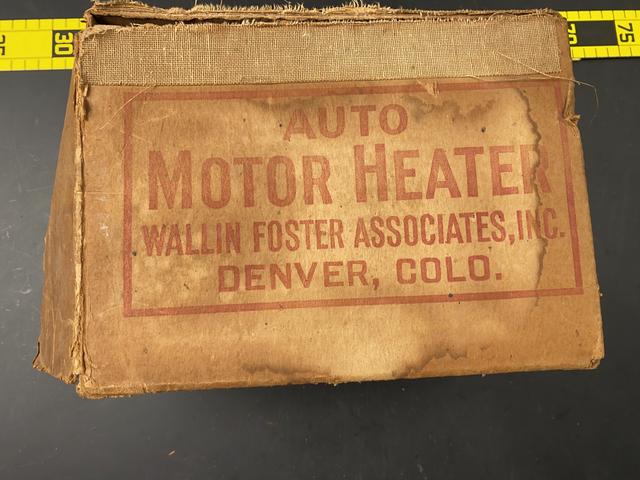 |
| In my Engines book I mentioned that if you were stranded in the Russian winter with polar bears circling, you could light a fire under the Diesel engine in your truck to help get it started. This is a tool designed to make that process slightly more civilized. |
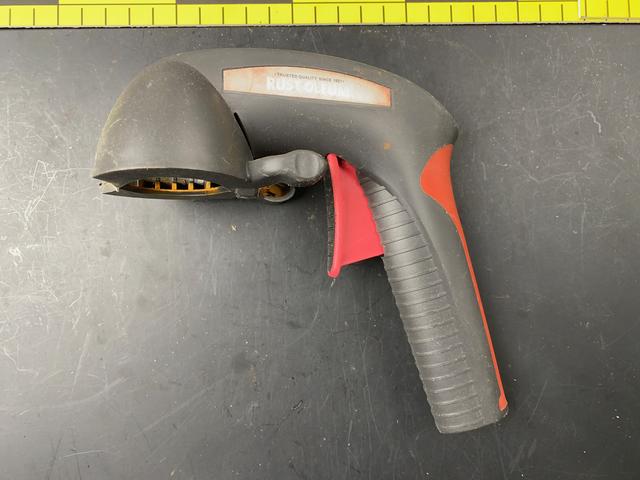 |
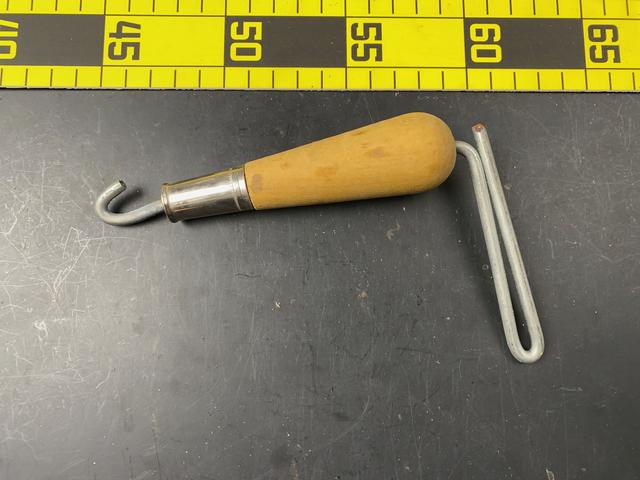 |
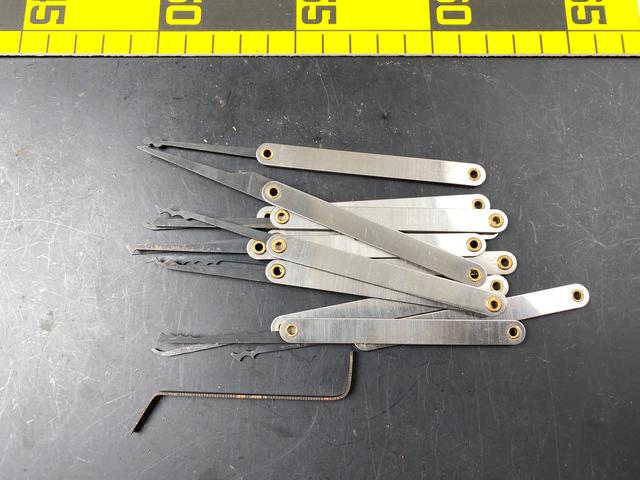 |
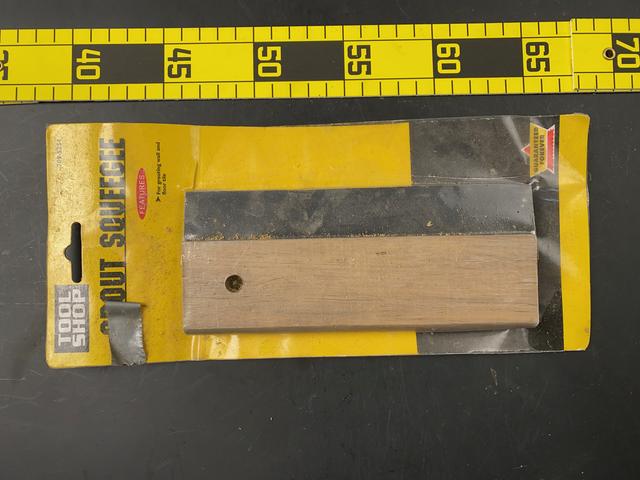 |
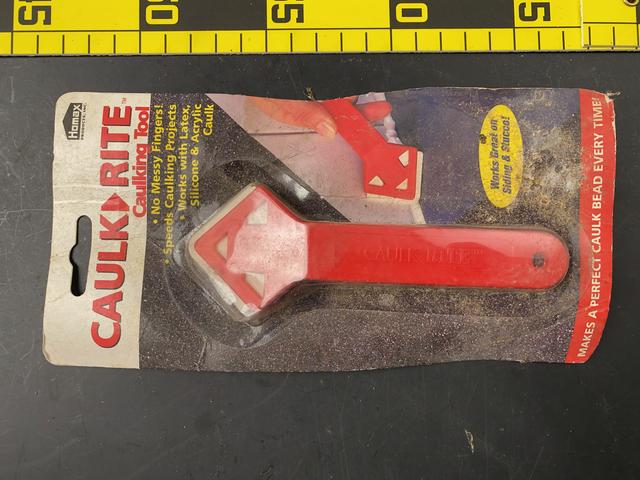 |
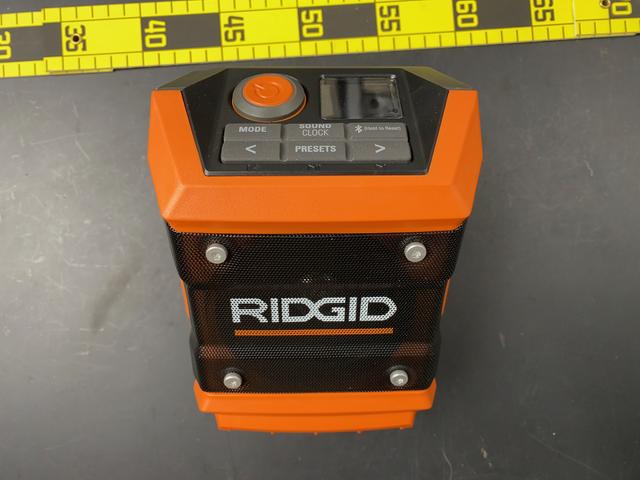 |
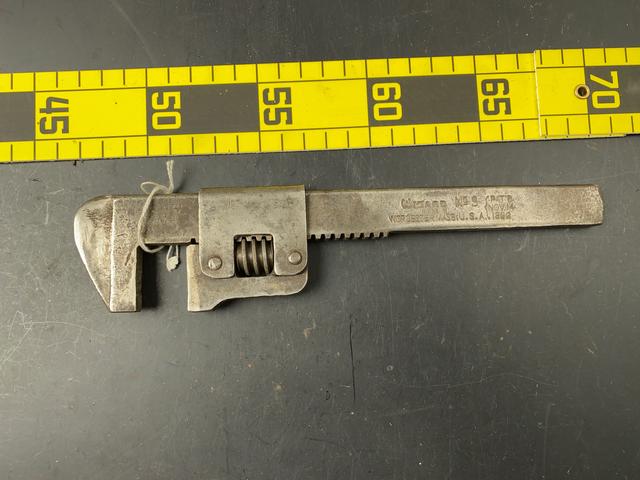 |
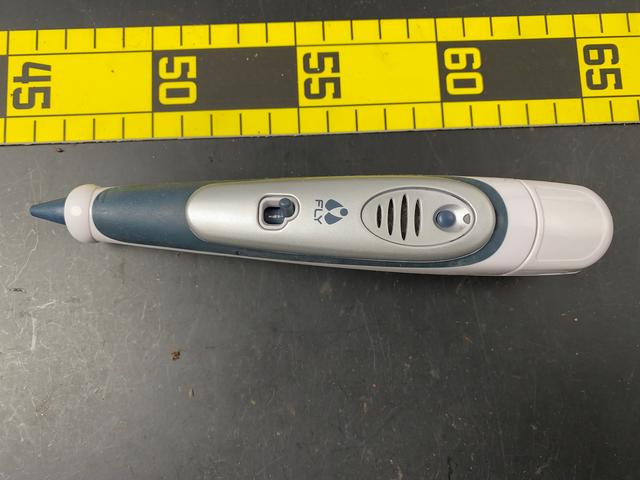 |
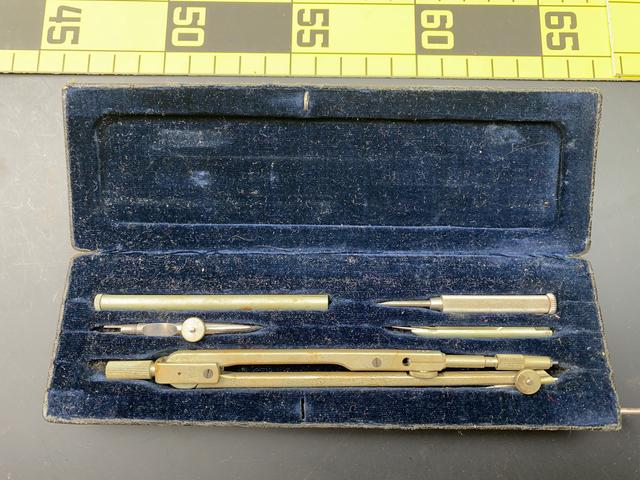 |
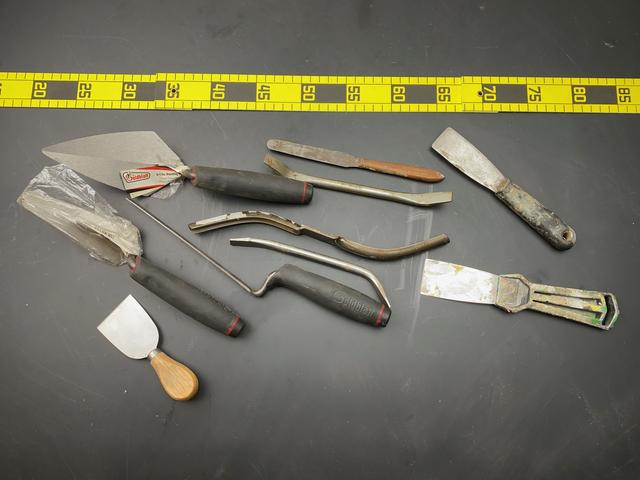 |
 |
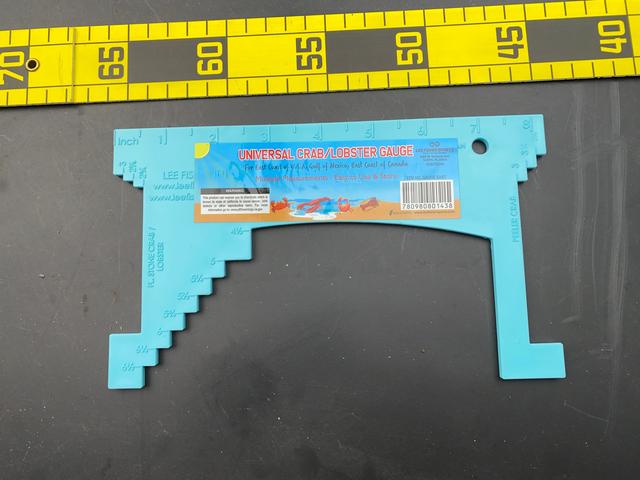 |
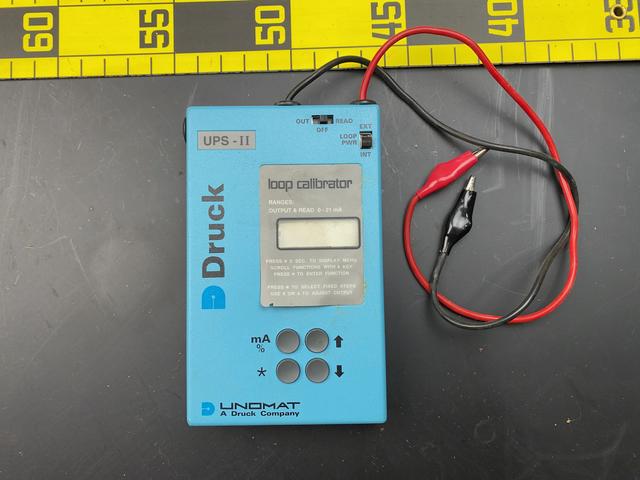 |
 |
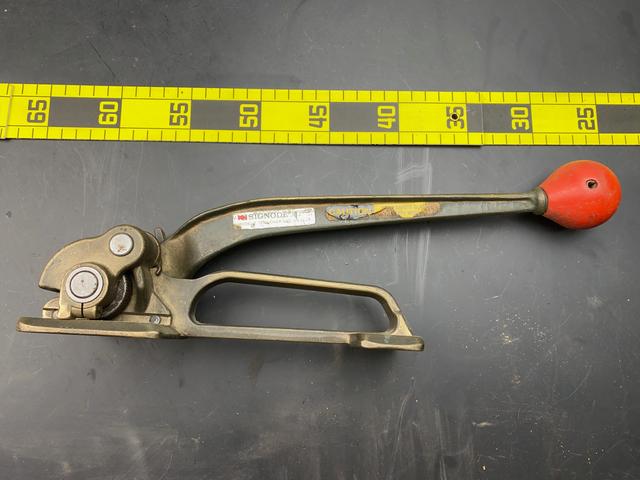 |
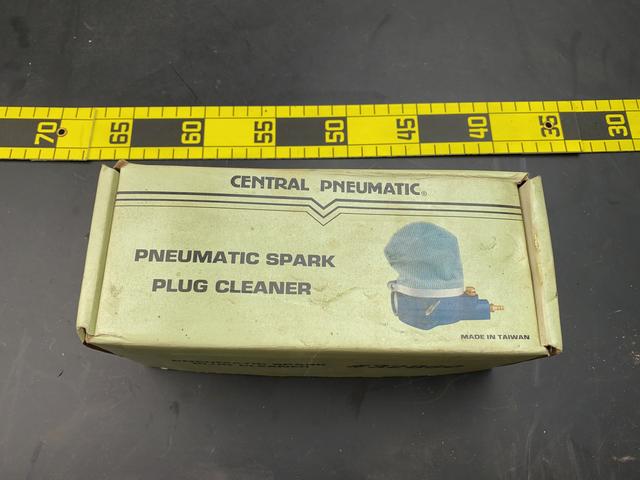 |
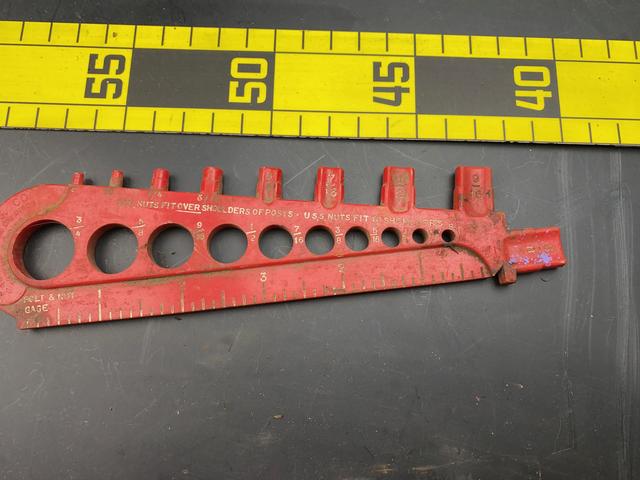 |
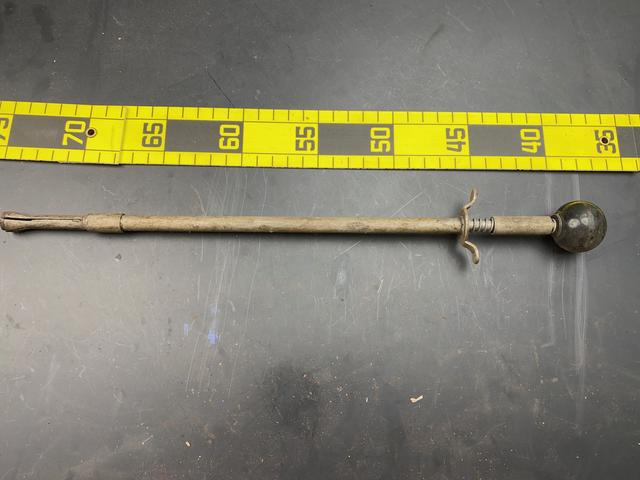 |
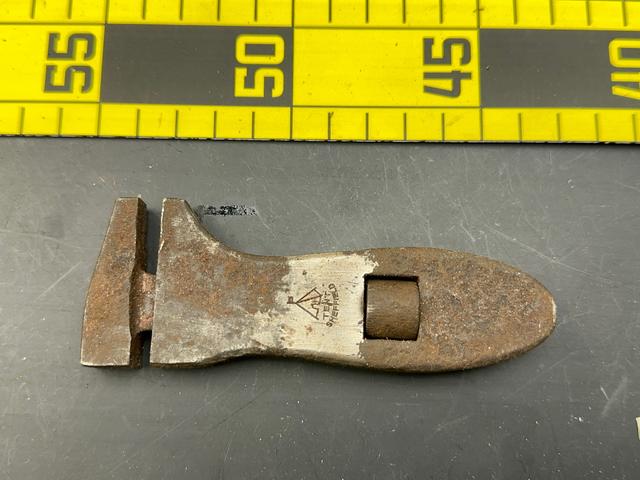 |
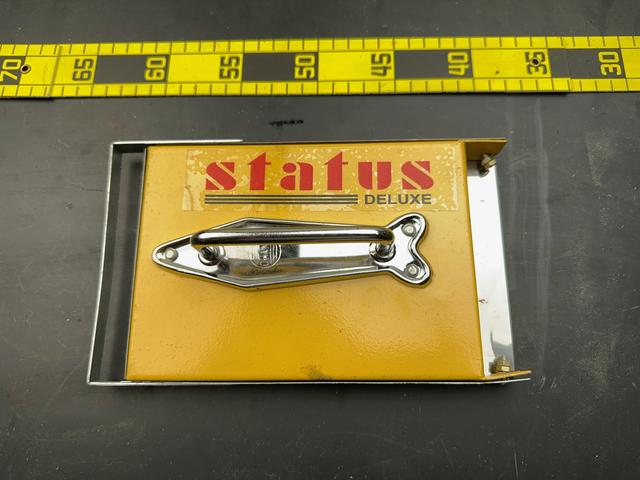 |
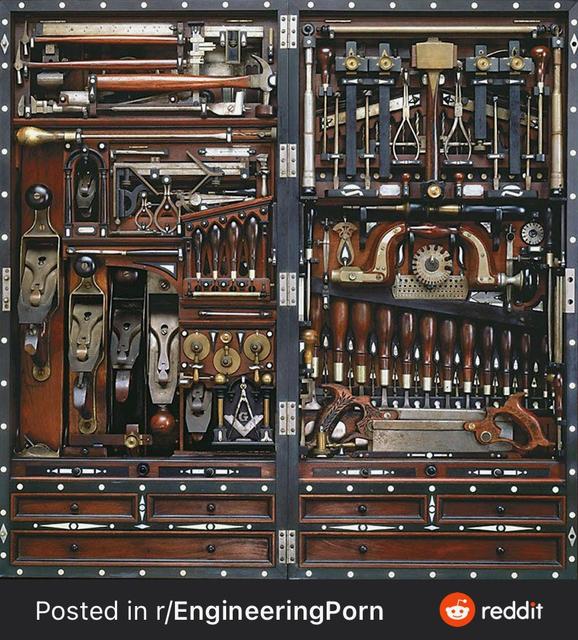 |
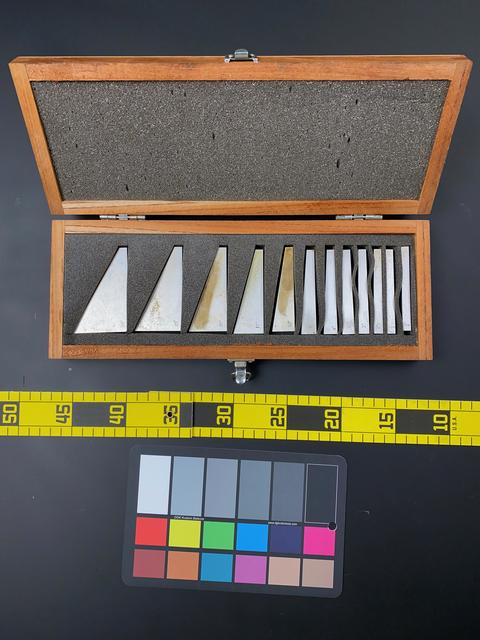 |
| These blocks are like the gauge blocks discussed in a later section, but for angles instead of lengths. They can be used to calibrate protractors, or to position workpieces accurately before clamping. |
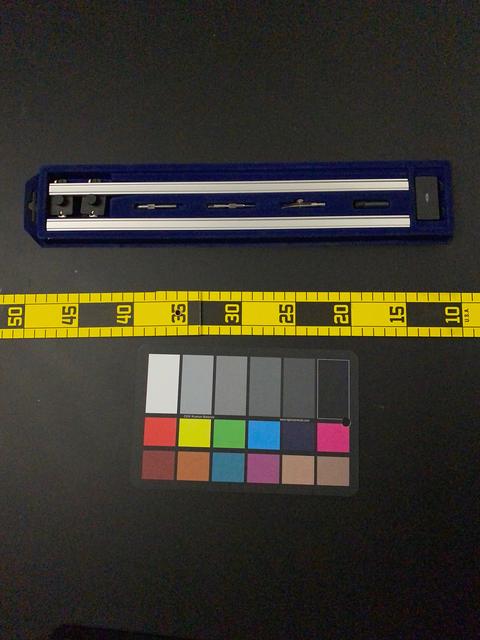 |
 |
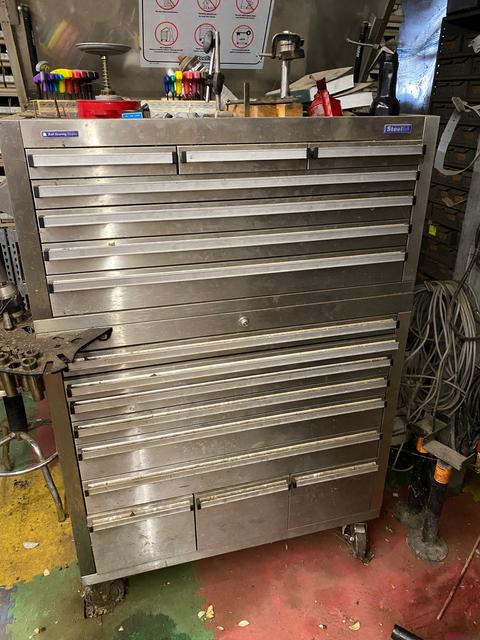 |
 |
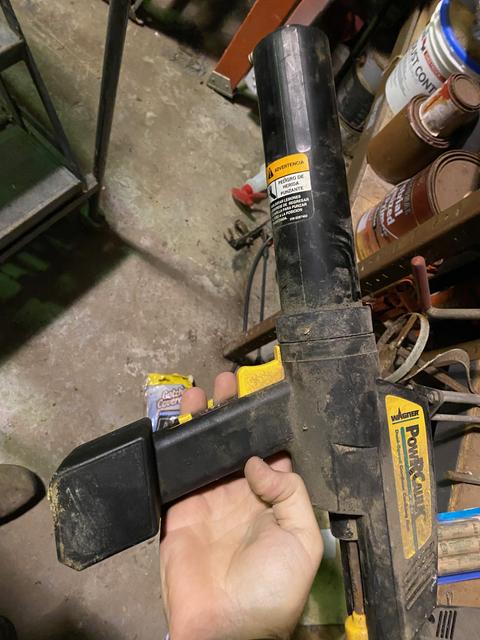 |
 |
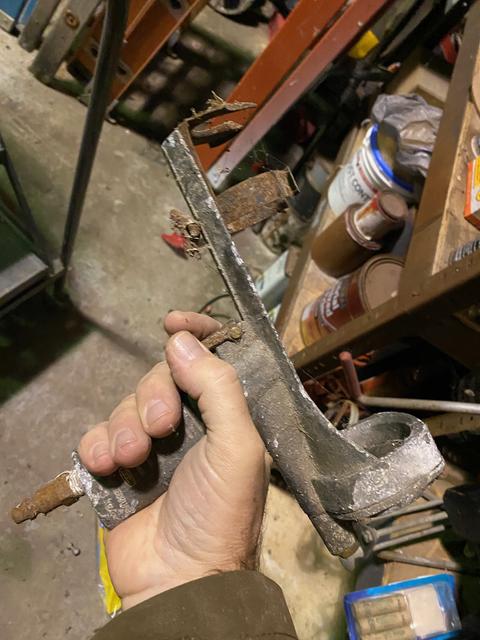 |
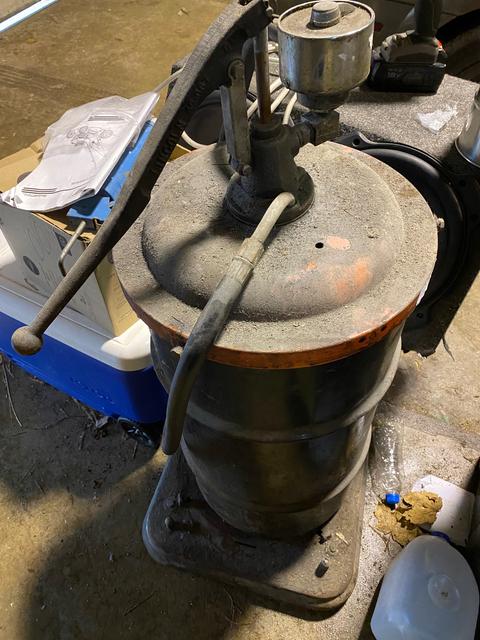 |
 |
Do you have a better example of this kind of tool? Let me know by leaving a comment, and include a picture of it if you can so everyone can see!